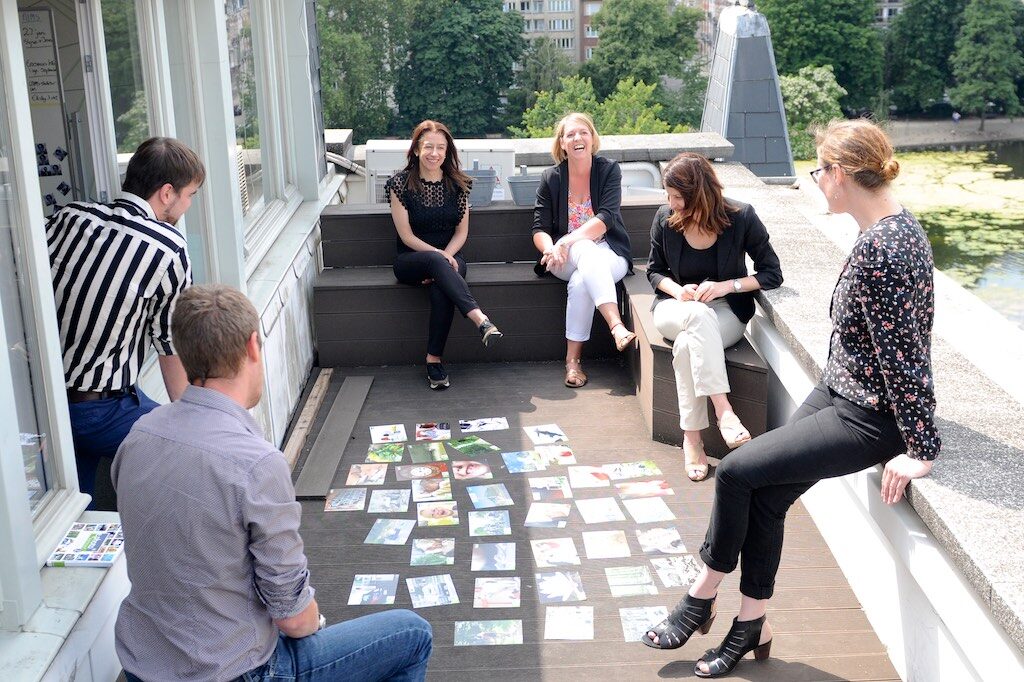10 key points
AND Recommendations

1
Co-creation has no clear definition and refers to different conceptions depending on the institutions, countries and sectors. Agreeing on a stable definition of what co-creation entails is one of the challenges in its use.
2
In a general manner, co-creation is considered as a strategy to tackle complex problems in a bottom-up perspective, which engages citizens’
3
Co-creation can be an objective or an outcome itself, or a mean to reach other goals. Thus, using co-creation can have various motivations, from a tool to support policy-making to a lever for health promotion within society.
4
At the EU level, co-creation is considered as a key element to innovative projects, and is supported because of its efficiency, although its evaluation remains a challenge.
5
In national contexts, co-creation appears clearly in policies in Denmark, especially in social sector. The same is true for UK, although its use remains unclear, as well as for France. For the latter, co-creation seems to be confused with consultation. In Portugal, the term “co-creation” is nowhere to be found, but can be used in practice under other titles.
6
Co-creation is used in all sectors (health, social, education, research), but the concept is put into practice in the form of various processes : public debates in the social field, commissioning for health, etc. The designations for the “recipient of the service” depend on the sectors.
7
For the CCW project, we suggest to call “citizens” all the stakeholders involved in co-creation, including professionals and “end users”. Moreover, the processes involved by co-creation should be clarified, considering the following 5 components: perspective, value, collaboration principles, strategy / approach, participation level.
8
In the CCW project, co-creation is used as an innovative way to inform policy- making, as a tool for engaging citizens, and as promoter of social innovation, and out-of-the box thinking.
9
Pilot sites from different welfare sectors have been chosen among the four countries involved in the project, and their experiences analyzed through Arnstein’s ladder. Thus their actions and functioning can be categorized according to different levels of citizen participation, so that they can define the objectives they wish to achieve with CCW.
10
Based on the needs expressed in the different pilot sites, an outline was identified for the training. It includes underlying principles of promoting stakeholders’ sense of legitimacy and empowerment, and follows steps of collaboration: initiating, implementing and facilitating the process.
The Co-creation Welfare project included a testing phase where all project partners trained local practitioners that work in local and regional welfare organisations like schools, health providers, child care institutions etc.
Based on the testing phase, the partners have developed a list of experiences and recommendations for promoting work with the training materials, breaking down barriers and obtaining the best competencies and benefits of the training.
Dissemination is an important issue of grant-funded projects, so that the outcomes reach the widest possible audiences in the community, providing the information and know-how to assist their delivery.
Here are the project partners’ recommendations for sustainable dissemination and effective external communication of the CCW findings to stakeholders interested in co-creation activities.

